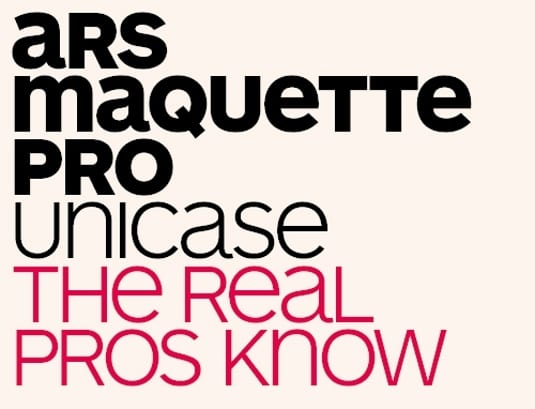

Only Ida Prampolini, wife of artist Mathias Goeritz, was vocal about her criticism, publishing a scathing essay in protest.

She proceeded to demolish parts of the house and transform others beyond recognition, with little resistance from the cultural community. In 1969, O’Gorman sold the property to Escobedo on the basis - according to his account - of her verbal promise to preserve it. In recent years, noble attempts to preserve the memory of O’Gorman’s cave house have also dredged up the controversy around its disappearance. Model of the O’Gorman Cave House by Senosiain Arquitectos on display at the Noguchi Museum (photo by Nicholas Knight © The Noguchi Museum/ARS) There, it is staged amid works by artist Isamu Noguchi, who did not himself dabble in the domestic adaptation of caves but whose sunken gardens and biomorphic sculptures are sublime tributes to the endless formal possibilities of topography. That changed with the recent arrival of the complete maquette, first shown last year at INBA’s Museo Nacional de Arquitectura and now as part of the exhibition In Praise of Caves. Its relative obscurity is due at least in part to a dearth of documentation: The house was acquired and transformed in 1969 by Helen Escobedo, artist and and longtime director of the National Autonomous University of Mexico’s (UNAM) Fine Art Department, and for decades, only a scattering of photographs testified to its grandeur. Elsewhere, O’Gorman’s fantastical dwelling has mostly remained a niche curiosity, the province of specialized blogs and expert scholarship. With its kaleidoscopic, Gaudí-esque mosaics and overflowing gardens, Casa Cueva has long been a subject of fascination and myth-making in Mexico.


 0 kommentar(er)
0 kommentar(er)
